The Russian Tank Crew That Refused to Give Up Against the Germans in WWII
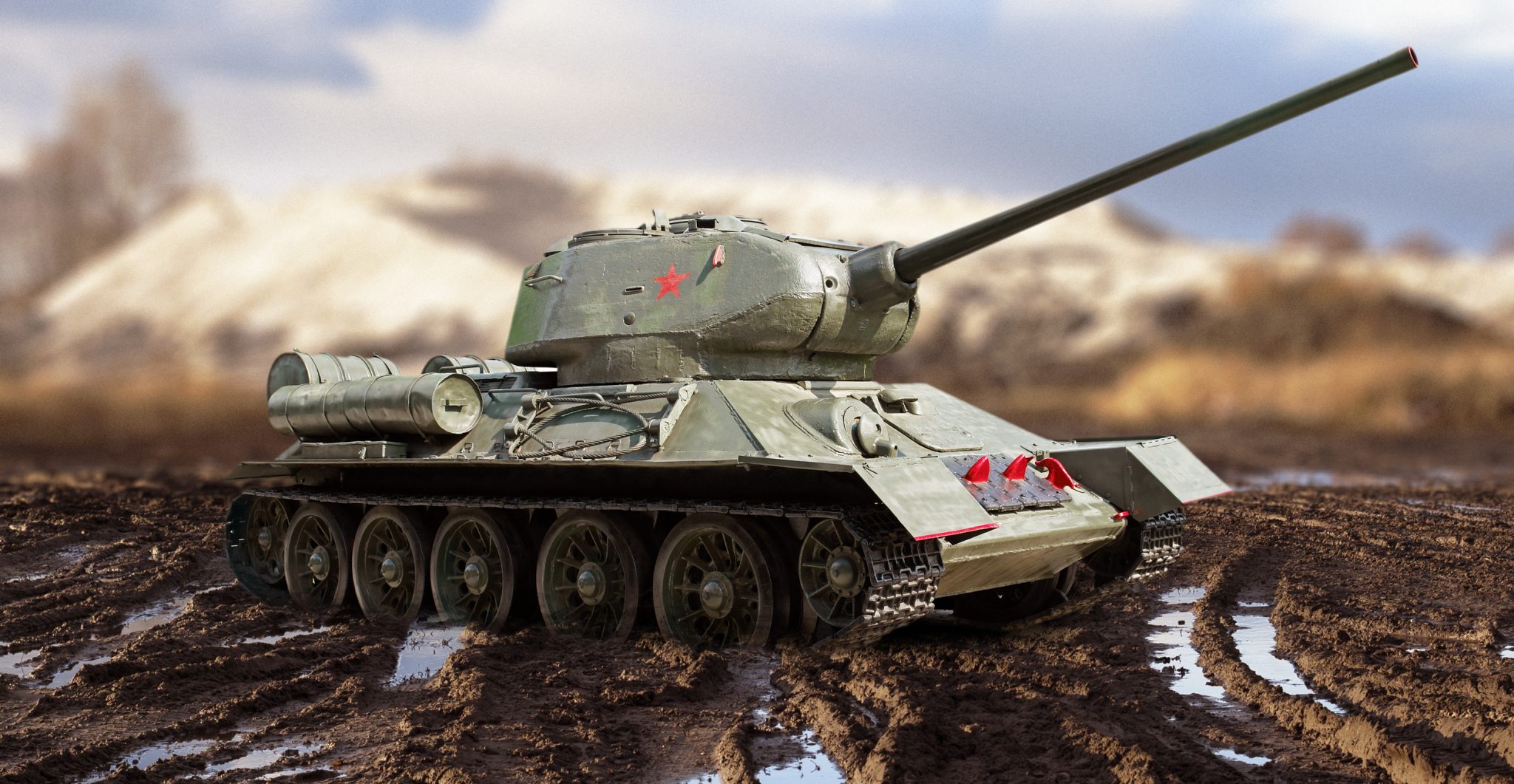
In 1943, the Germans had occupied the Nevelsky distric of the USSR located south of Pskov. The Red Army sent their Third and Fourth Shock Armies to clear the German occupiers from the region in the autumn of that year.
The Russians were losing forces at a rate of nearly 2,000 per day but continued to send more troops into the region. Over one two-month span they lost 43,500 troops but did not falter in their assault on the Germans.
The Germans, for their part, brought in reserves to strengthen their defensive positions. One of those reserve divisions arrived in the vicinity of the village of Demeshkovo north of Nevel on October 6, 1943. These reinforcements stalled the progress that the Red Army was making in the area.
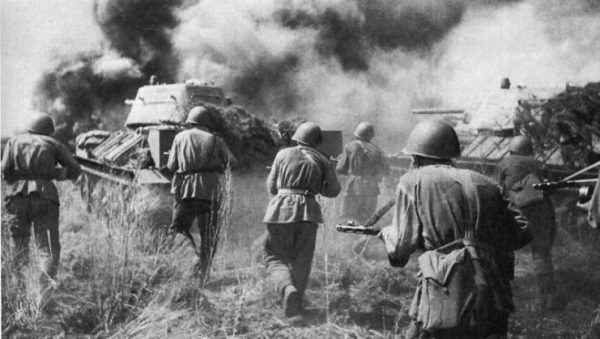
The region between Nevel and Pskov is swampy with dirt roads that are difficult to traverse and even more difficult in a tank weighing 28 metric tons. Supplies were also difficult to deliver making defending the high ground and road intersections extremely important to both sides.
The area around Demeshkovo had the all-important road intersection as well as a nearby railroad. The Germans were defending from the only high ground, a hill they referred to as 184.2. They defended the area with mortars, camouflaged cannons and three trench lines. The 502nd German Tank Battalion supported the defenses.
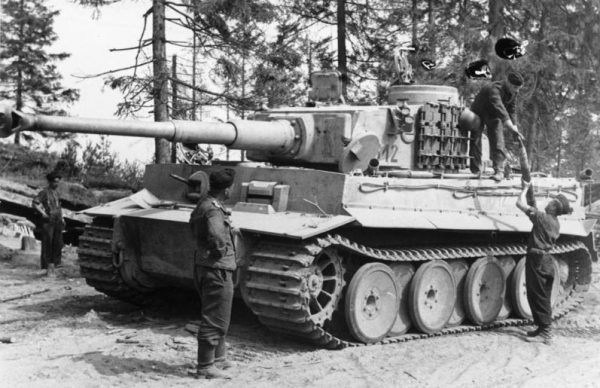
In spite of the heavy defenses, the Russians chose to attack on December 17, 1943. The 118th Tank Brigade was ordered to launch an offensive on the German position.
The tank battalion moved in for the attack but the Germans picked off many of the tanks with their Pak-38 guns from a fortified bunker. German machine guns prevented the Russian infantry troops from supporting the tanks. To make matters worse, the swampy ground made it difficult for the Russian tanks to maneuver.
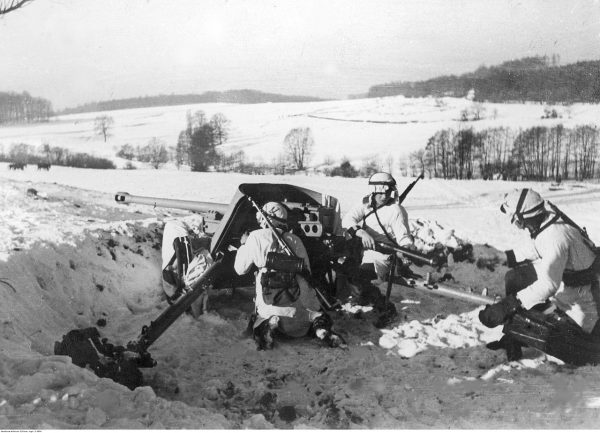
During the fighting, the Russians lost all but one of their T-34 tanks and that last tank found itself stuck in the mud, unable to move. Still, they were able to destroy the fortified bunker from their immobilized position.
The Germans, noticing the precarious position the tank crew was in, sent infantry troops to destroy the tank. However, the crew of the tank refused to abandon their vehicle and continued to defend themselves while working to extricate the tank from the mud.
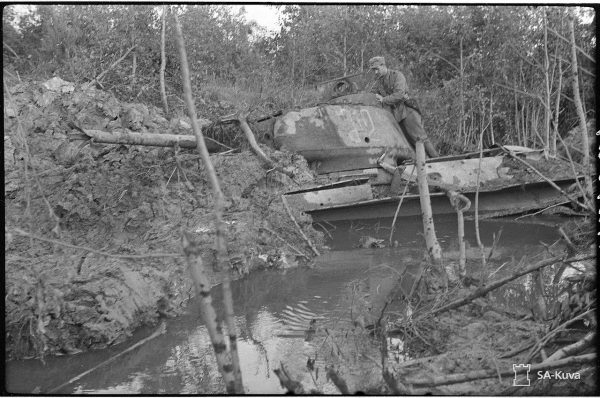
The Russian infantry, inspired by the tank crew’s bravery, rallied to defend the tank and keep the German troops at bay.
Over night, the Germans continued their attack on the lone Russian tank and manged to land a penetrating blast. One crew member was killed and the commander was severely injured. The decision was made to evacuate the commander so he could get medical treatment and take the deceased soldier with him.
In the next attack, the mechanic-driver was killed leaving only Sergeant Viktor Chernyshenko in the tank. Sergeant Alexei Sokolov was sent to help in the tank. He, too, tried to get the tank unstuck but by this time, it had sunk too deep in the mud to be moved.
The Russian infantry were forced to fall back due to the attacks from the German mortars. The tank was only 100 yards from the German defenses and nearly 900 yards from their own troops. This made the tank the best firing position for the Russians so the two men were more determined than ever to make the most of it.
Fortunately for the men, the swamp had covered the most vulnerable parts of the tank so the German weapons were useless in attacking it. Unfortunately for them, there was very little food in the tank and the only heat came from the guns when they fired them.
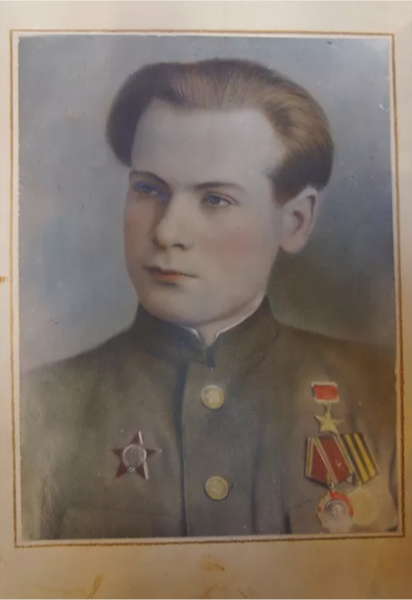
On December 30, 1943, after the two men spent thirteen days trapped in the tank, suffering from starvation and frostbite, Soviet troops captured the village of Demeshkovo and forced the retreat of the German forces.
Chernyshenko alerted the troops and the two men were rescued from their tank. Sokolov was unconscious by this time and he would later die in the hospital. Chernyshenko had both feet amputated due to frostbite and additional surgery for his other injuries. He spent over a year in hospitals and had to learn how to walk again.
Another Article From Us: The Mighty Maus – at 207 Tons it is the Heaviest Tank Ever Built
Chernyshenko went on to earn a law degree and become an assistant prosecutor and then a people’s judge. He died in 1997.
